On January 15 during an online interactive lecture organized by Produce Report, Juan Pablo Fuentes and Roxana Quirarte, founder of Mexico Food Connection, a trading and promotional company specializing in Mexican food products shared their insights into Mexican avocado imports into China.
Mexico has a longer growing season and produces more avocados than any other country, of which a larger and larger volume are ending up in China, where the fruit known as “butter fruit” is quickly growing in popularity. All of the Mexican avocados exported to China are of the Hass variety because they stand up best to the long transit times.
But even Hass are picky. They can also ripen prematurely when transported in proximity to other types of fruit and they prefer to stay at a constant 4-6°C, reacting badly to large temperature swings and extreme cold.
According to Fuentes these storage requirements pose a big challenge once shipments of Mexican avocados are offloaded in China.
“One of the biggest problems in China is that avocados go straight onto the floor of the wholesale market after they’re received,” he says. “This is because people don’t have facilities to keep the cold chain all the way up to the end consumer and thereby extend the avocado’s shelf life.”
Other hazards include cold storage facilities where the temperature dips too low below 4°C and temperature variations caused by avocados being taking in and out of cold storage.
But Fuentes believes that the future is promising for how avocados are handled and transported in China. “This is changing,” he says. “People are starting to build new cold storage facilities, especially just for avocados. I think this will lead to a great improvement in the condition of avocados in the future when they reach Chinese end consumers—especially in the summer because at that time it’s too hot along China’s coastal areas.”

Another challenge is a preference in China for smaller than average size 30 and 35 avocados compared to the more standard size 24 [in avocado sizing, a lower number indicates a larger size]. Fuentes believes this preference stems mostly from retailers who buy avocados by weight but sell them by the piece: a smaller fruit allows for greater profit from each 6kg carton. “In the orchards in Mexico 55 or 60% of production is size 24. If the market keeps growing in China, there will not be enough size 30 and 35 fruit to satisfy demand. This is why we have a lot of work to do to promote the standard size 24 avocados in China.”
Fuentes added that he believed consumers would be willing to pay a higher unit price for larger fruit, especially because size 24 fruit tend to be healthier and more resilient than smaller fruit. So this challenge is best tackled not from the consumer side, but by trying to change the way merchants price avocados.
Another problem facing avocados in China is that many consumers here believe green skin denotes freshness, and stay away from fruit with darkened skin believing it indicates quality problems. To the contrary, green skin usually means an underripe fruit and darkened fruits are likely to be at peak ripeness. Roxana Quirarte said that Mexico Food Connection was planning to do more work educating Chinese consumers on, “how to choose avocados and how to know if they are good or bad quality.”
To learn more about Mexican avocados in China, users of the WeChat mobile messaging app can follow the “coliman-mfc” official account. To participate in future interactive lectures about a range of fresh produce topics follow Produce Report’s official account at “guojiguoshu”.


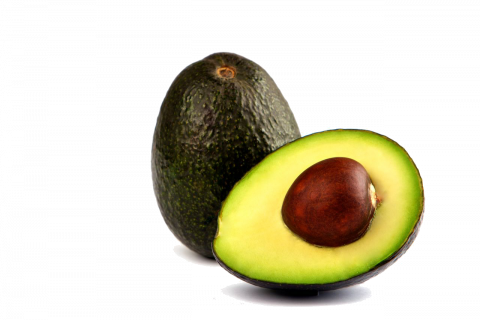



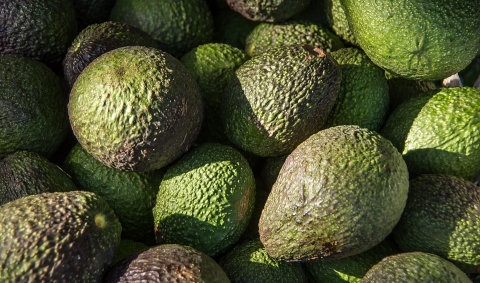


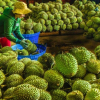
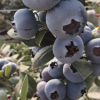

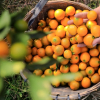

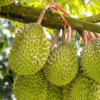






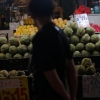
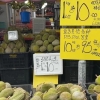
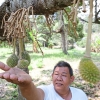
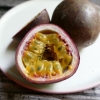








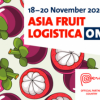
添加新评论